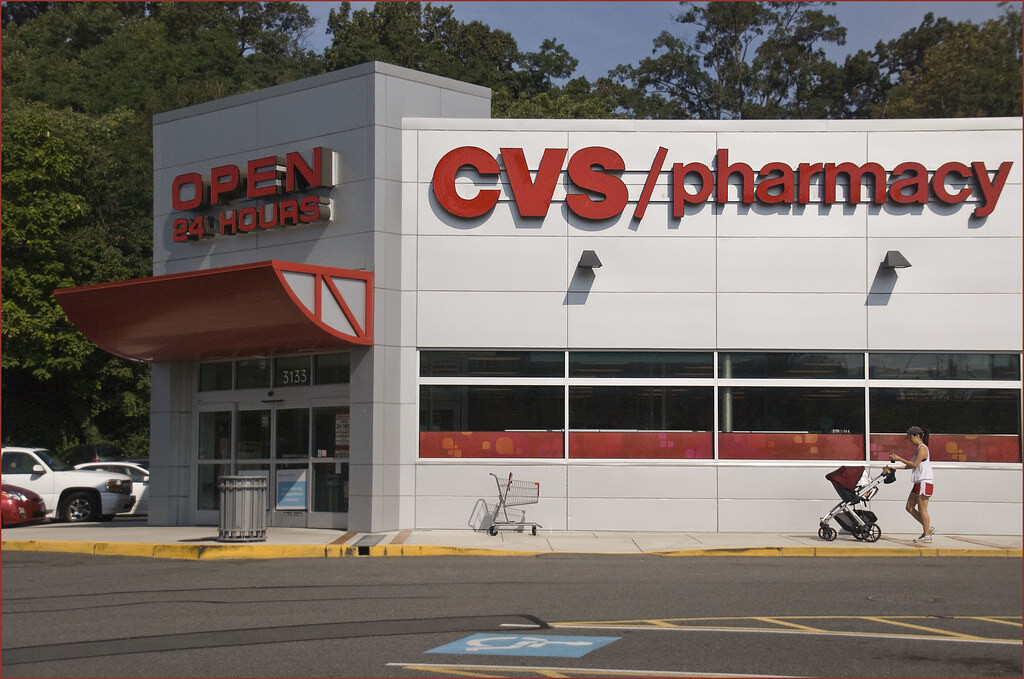CVS will eliminate 300 pharmacies by April, completing a three-year reorganization plan that began in 2021 with the closure of 900 shops.

CVS continues retail bloodbath and will close 300 pharmacies by April (Photo: Google)
CVS’s Strategic Pharmacy Closures
The remaining 300 closures, including numerous Target shops, are due to dwindling foot traffic, labor issues, and online pharmacy competition. CVS’s nationwide retail presence is being realigned to reflect demographic fluctuations, customer buying habits, and changing health requirements.
The drugstore firm has not given locations but has promised to transfer prescriptions from shutting outlets to the following CVS. The pharmacy business challenges medicine price rises, opioid litigation, and changing consumer preferences.
Walgreens and Rite Aid have also announced closures, reflecting the changing pharmaceutical market. CVS and Walgreens will pay large opioid settlements, while Amazon and Costco are entering the prescription medication industry with creative products.
READ ALSO: A Major Decision By The Supreme Court Leads Biden To Cancel Millions Of Student Loans
Navigating the Pharmaceutical Evolution
The closing of 300 CVS pharmacies by April concludes a three-year reorganization plan. CVS’s relocation reflects industry issues like falling foot traffic, worker conflicts, and internet pharmacy rivalry.
This narrative analysis examines CVS’s choice and industry-wide challenges, such as prescription price rises, opioid litigation, and changing consumer preferences. The closures, which affected freestanding and Target shops, show how volatile the pharmaceutical industry is.
With Walgreens and Rite Aid closing, the research sheds light on changing dynamics and significant business plans. New competitors like Amazon and Costco, offering novel prescription medication services, complicate the pharmacy sector’s story.
READ ALSO: IRS Free File Program: More Americans Are Expected To File Their Taxes

















































